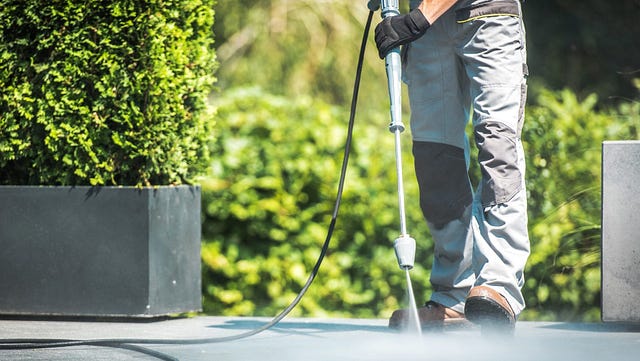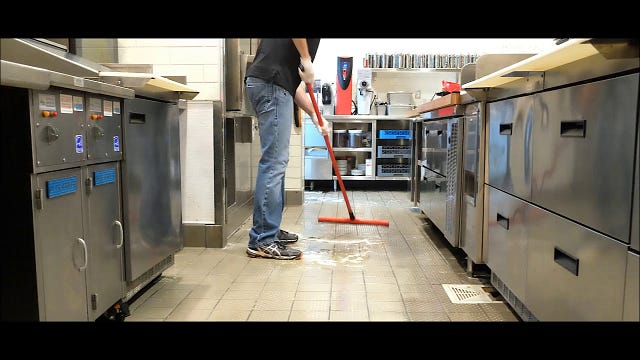What is a Seismic Recorder?
A seismic recorder is a special device used to detect and record movements in the Earth, such as earthquakes. These movements are called seismic waves, and they travel through the ground after an earthquake or explosion. By studying these waves, scientists can learn more about the Earth’s interior and predict earthquake patterns.
The main tool used in a seismic recorder is called a seismometer. The seismometer senses ground vibrations, and the recorder saves this information so scientists can study it later.
How Does a Seismic Recorder Work?
A seismic recorder includes two main parts:
-
Seismometer – This part detects the vibrations or shaking in the ground.
-
Recording System – This part stores the data for later analysis, either on paper, digitally, or both.
When the Earth shakes, the seismometer feels the movement. Inside a seismometer, there’s usually a mass (or weight) hanging on a spring. When the ground moves, the mass stays still due to inertia, but the ground (and the rest of the device) moves. This difference is recorded, and it shows how much and how fast the ground moved.
This information is then saved by the seismic recorder. In the past, data was recorded on paper using pens and rotating drums. Today, modern systems use digital memory and computers.
What is a Seismometer?
A seismometer is a key part of every seismic recorder. It is the sensor that actually “feels” the vibrations in the Earth. It is so sensitive that it can detect even very small movements, such as those caused by a truck passing by or small earthquakes far away.
There are different types of seismometers:
-
Short-period seismometers – Best for detecting quick, local movements.
-
Long-period seismometers – Better for sensing deep or distant earthquakes.
-
Broadband seismometers – Can record a wide range of frequencies, giving more complete data.
Modern seismometers are very accurate and often work with GPS and internet systems so that data can be sent in real-time to scientists around the world.
Why are Seismic Recorders Important?
Seismic recorders help scientists and governments in many ways:
-
Earthquake Detection: They help identify when and where an earthquake has happened.
-
Tsunami Warnings: They can detect undersea earthquakes that might cause tsunamis.
-
Research: Scientists use them to study how the Earth works inside.
-
Building Safety: Engineers use seismic data to make buildings stronger and safer in case of future earthquakes.
-
Oil and Gas Exploration: Seismometers can also help find underground resources by detecting waves from controlled explosions.
Read also: How Ground Penetrating Radar Equipment Works and Why It’s Essential
Seismic Recorders Around the World
There are thousands of seismic recorders placed all around the world. These stations form a global network that helps monitor earthquake activity everywhere on Earth. One well-known example is the Global Seismographic Network (GSN), which has stations in many countries and oceans.
These global systems allow scientists to share data, warn each other of big earthquakes, and improve their understanding of the Earth’s behavior.
Seismic Recorder in Everyday Use
You may think seismic recorders are only used in science labs, but they’re also found in other places:
-
Schools and Universities: For teaching and learning about Earth science.
-
Government Agencies: Like the US Geological Survey (USGS) or disaster management centers.
-
Volcano Monitoring Stations: To warn about volcanic eruptions.
-
Construction Sites: To check if a building site is safe from earthquakes.
Some newer smartphones even have tiny seismometers inside them to help detect earthquakes in real time.
Read also: MXL4 Precision Pipe & Cable Locator – A Complete Guide
Conclusion
A seismic recorder is a powerful tool that helps us understand the movements of the Earth. With the help of seismometers, these devices record the waves from earthquakes and other ground motions. This information helps scientists learn more about our planet, protect people, and save lives.
Whether you’re a student, a teacher, or just curious, knowing how seismic recorders work gives you a deeper appreciation of the science that keeps us safe during natural disasters.
Read Also: Underground Cable Fault Detection: Importance, Methods & Techniques






